Buying a car is a whole life event that is carefully prepared for. In addition to studying the documentation, possible checking for theft or being in arrest, it is important to determine the brand of car, as well as body type and other characteristics. Such an acquisition is not cheap, and the joy of everyday use and practical convenience for the driver and passengers depend on a wise approach. How to choose a car with all the parameters, so that it meets the goals set, described in this review.
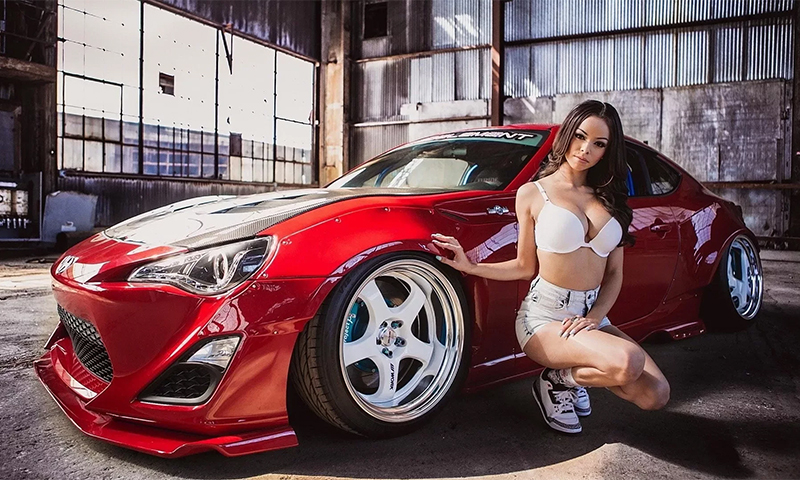
Content:
The best car manufacturers - which company to choose
Having enough money, you can not go into details, but immediately turn to reliable manufacturers who have won international recognition in the automotive industry:
- BMW;
- Mercedes-Benz;
- Porshe;
- Land Rover;
- Lexus.
But the range of each company is so wide that to determine with a specific instance is to read their review in a separate article.
The same material is devoted to choosing a car solely on the basis of parameters, which will help not to chase after others, but to purchase something that suits you exclusively.
The principle of operation and the device of the car
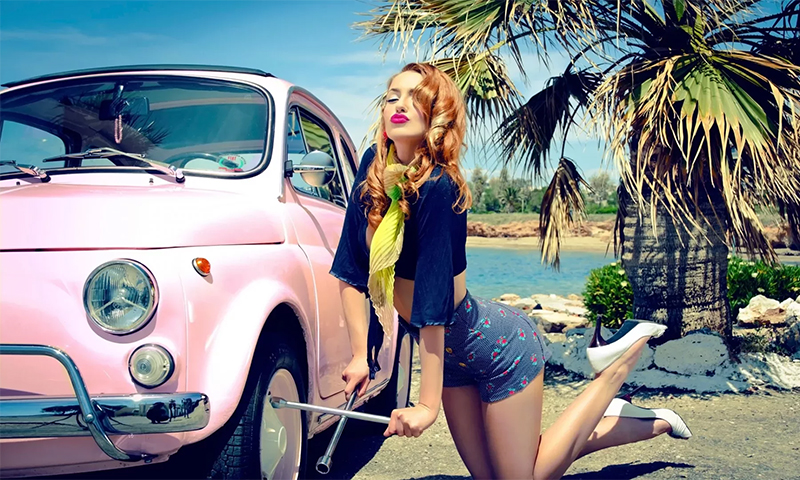
The car is a vehicle intended for the movement of the driver and several other passengers. Managing them is allowed only after passing special training and passing the theoretical and practical part, as evidenced by the issued certificate.
Owning a car offers beneficial advantages, because it can be used for:
1. Commuting to avoid crowding in public transport;
2. Travel between cities;
3. Trips in the mountains or sand (extreme caravanning);
4. Delivery of things and products from the store, so as not to break hands;
5. Bringing children to school, so as not to worry about how they got;
6. Business and cargo delivery;
7. Catania around the city.
The principle of the car is to create torque by compressing the fuel mixture and its arson spark. For this purpose, special chambers (cylinders) and squeezing pistons are used in the power unit. Air is supplied and exhausted through the valve system, and the fuel is injected with an injector or carburetor.
A working engine is associated with a gearbox having a set of gears of different diameters. The transmission of torque on them puts the vehicle in motion. The smaller the size of the rotating element, the higher the speed. Such boxes can be mechanical or automatic.
Control is carried out by a wheel and drafts brought to wheels. To reduce shaking when driving, a suspension is provided, damping vibrations from the road. Braking is provided by the pads located inside the wheel hubs or outside on the disks. Exhaust gases are discharged through a manifold and a silencer.
The driver and passengers are on the seats in a protected metal body. Its size and shape depend on the brand of car. For movement in the dark, head optics and taillights are used.
The car is a complex technical device, which consists of the following components:
1. Engine;
2. Transmission;
3. Suspension;
4. Steering;
5. Electrician;
6. Brake system;
7. Chassis;
8. Body;
9. Fuel equipment.
Types of cars
European cars
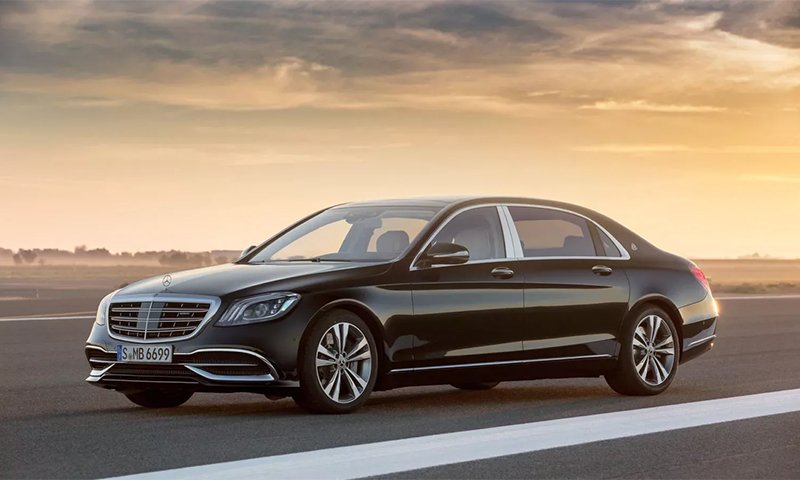
In Europe, cars produce Germany, England, France and Italy. Traditionally they are of high quality and value. Such brands as "Mercedes", "BMW", "Audi", "Volkswagen" have world recognition and reputation of reliable vehicles.
Some models are endowed with an engine designed to run up to 1 million kilometers, before major repairs are required. These cars are suitable for business, elite official transport or as a personal car for life.
Advantages:
- high build quality;
- good equipment of the cabin;
- refined body styles;
- global brand recognition;
- rarely break;
- well adapted to Russian roads.
Disadvantages:
- high price;
- expensive MOT;
- Parts are expensive too.
Japanese cars
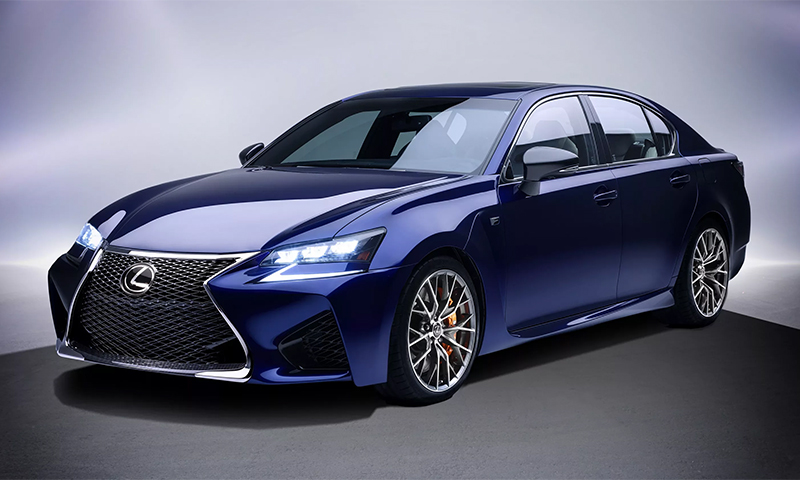
These are brands that “breathe” in the back to European concerns and try to produce competitive products. Among the famous factories in Japan on the market stand out: "Toyota", "Mazda", "Mitsubishi", "Honda", "Nissan", "Subaru".
These cars are slightly cheaper than the German, but with a variety of design and characteristics. Here you can pick up a representative class transport (Infinity or Lexus) or for an ordinary family. There are many models of SUVs for travel and tourism.
Advantages:
- large selection of body types;
- variety for the price;
- many crossovers with differential;
- there are very compact cars for girls;
- high crash test safety;
- outstanding design.
Disadvantages:
- the cost for the average employee is still high;
- service fees for service stations and spare parts above average;
- due to the saturation of technological devices, it is difficult to find a repair specialist with the appropriate qualifications.
Korean and Chinese cars
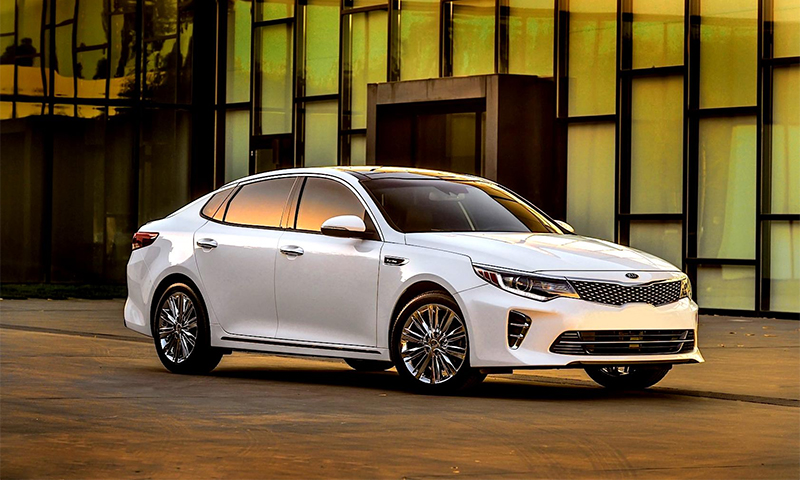
This market segment is represented by Hyundai, Kia, Daewoo, Gili, Chery, Lifan and other cars. They are significantly inferior in quality to the above described concerns, but they have lower cost and good equipment.
This is a great option for a service car or a family vehicle, where thousands of runs are not planned every month.
Advantages:
- various versions of the body;
- there are many models for 7 seats;
- economical fuel consumption;
- good equipment;
- cheap parts.
Disadvantages:
- some bodies are made of very thin metal that is easily crushed;
- corrosion may appear earlier than on Japanese models of the same year;
- poor build quality leads to play and vibrations.
Domestic cars

This segment is represented by the VAZ and UAZ brands, which produce both passenger and off-road versions. The design style varies from compact and smooth to modern air forms with high streamlining and spaciousness.
It is a good transport for every day to get to work, to bring family to relatives or to go once a year to the sea.
Advantages:
- affordable cost;
- the latest models are very similar to the Japanese and Korean;
- good equipment (windows, alarm, radio and GPS);
- there are SUVs with high ground clearance;
- Cheap parts and service.
Disadvantages:
- engine life is designed for 300,000 km, after which a major overhaul is required;
- build quality is not the best, which leads to frequent minor breakdowns or plastic rattling in the cabin;
- models until 2005 have an angularly simple design.
Car selection options
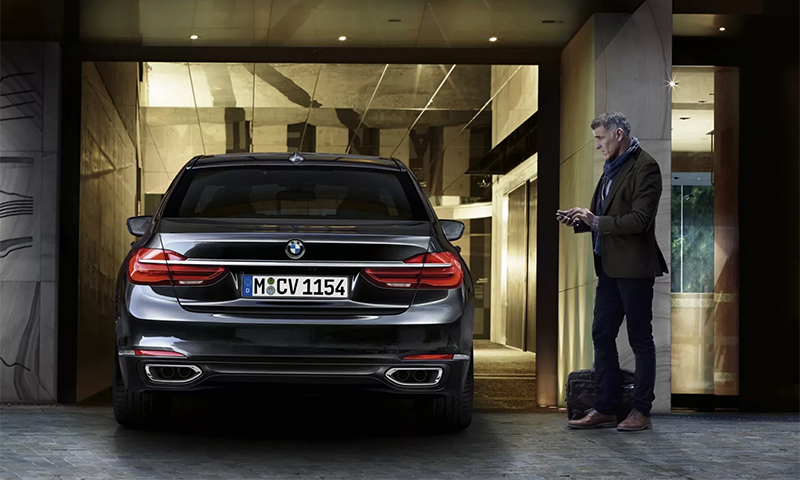
Body type
The size of the passenger compartment and the dimensions of the car determines the type of its body. On this depends the convenience of passengers and vehicle capacity, as well as the ability to carry a certain load.
Allocate:
1. Coupe - has a full two front seats and possibly two narrow rear seats under the sloping roof. More such forms are inherent in sports cars, in which it is convenient to mix together or one person. This is a good option for young people.
2. Convertible - has two doors and a convertible top. Rear seats are brand dependent. Leather cover on the frame, in the event of bad weather, is not the best way to protect against snow and heavy rain, as well as frost, which makes convertible only in warm terrain.
3. The sedan is a very common form with four doors and two rows of seats.Such cars are bought for a family of 3-4 people or for commuting to work.
4. The station wagon and minivan is a modified sedan that has an elongated trunk. This compartment can accommodate a large dog, bulk cargo, or an additional two chairs. This is an option for a family of 5-6 people with a large number of things transported.
5. Hatchback - looks like a station wagon, but the rear wall of the body is mowed, which significantly shortens the size of the car. Such compact transport is convenient for driving and parking in a crowded metropolis where it is difficult to find a place for parking.
6. Off-road vehicle - large bodies with a huge luggage compartment, which is filled with things or three full-fledged seats, which allows you to simultaneously travel at once to 7 people. This is a transport for a large company.
7. Pickup - designed for 2-4 people, depending on the shape of the body, but always has an open trunk. Reinforced suspension allows the transport of heavy boxes or animals. This is practical for farmers.
Engine power
This characteristic is measured in horsepower and affects the ability of a vehicle to quickly overtake or drive under a different bias without acceleration. If the power is not enough, you will have to overclock a car for a long time.
In a city where there may be little time when rebuilding when overtaking, you will often have to drive after others, because they will not be able to go round quickly. Conversely, very high power gives freedom in action, but this leads to increased fuel consumption and a higher tax.
1. For a family car and a quiet ride with children in the cabin is enough power indicator 60-70 hp
2. In order to use a car for delivering goods, a fast model is needed, which is able to quickly change lanes and play quickly at a traffic light, so here we select the indicator 80-100 hp
3. Drive with a breeze on the highway at the crossover will turn out at rates of 110-130 hp
4. For high cross-country and off-road need values from 150 hp
Engine type
Powertrains on cars are the main element. They can work on different types of fuel.
In addition to the cost of the energy resources themselves, it is important to consider the capabilities of the engine:
1. Petrol - allow you to develop a higher speed. But their maintenance is more complicated and expensive. It is suitable for traveling long distances or family cars.
2. Diesel engines are less whimsical and last longer, they are distinguished by high tensile strength, but lower speed indicators. This is an option for the transport of goods or business.
3. Gasoline + gas - such units are mounted separately and are used alternately, along with the main type of fuel. When you need speed go to liquid fuel. In cases of quiet travel, you can save money and switch to gas. This is beneficial for use in a taxi and operating the car in the city, then on the highway.
4. Electric - are gaining popularity power units that run on battery power. Environmentally friendly and less noisy. The charge is carried out at home or at specialized gas stations. The battery capacity is enough for 100-130 km, which is suitable for everyday commuting.
Engine capacity
Since many people find it difficult to navigate the power of the power units in terms of horsepower, manufacturers use the second value in terms of the volume of all cylinders of the engine. It can be from 0.98 to 5.0 liters and above.
1. To safely ride through the city and the highway enough values of 0.98-1.5 liters.
2. More responsive behavior of the engine starts from the volume of 1.6-2.0 liters. It is suitable for service vehicles or cars for couriers.
3. Fans of fast driving need to look for cars with the characteristics of 2.0-3.0 liters.
4. Cars with a volume of 3.5 liters are very powerful and suitable for extreme conditions (mountains, sand, mud) or as special transport (police, collectors, ambulance).
Wheel diameter
This parameter is denoted by the letter R and a number from 13 to 19 inches. The size of the wheels affects the permeability of the car on pits and irregularities.The larger the wheel, the smaller the failure of the side of the body will be felt. Even smaller pits will not be able to absorb a large diameter and the car will travel along them as if on a flat road.
1. If the vehicle is planned to be used only in the city or on the highway, then enough wheels R13-15.
2. Rare nature trips or villages need R16-17.
3. For traveling in the mountains and fields (tourism, entertainment) I choose cars with wheels R18-19.
Body color
Although the paintwork can be of any color at the request of the customer, it is worth thinking about a few nuances.
1. Dark colors (blue, black, gray) are less dirty. Scratches on such a surface are less noticeable even if they become clogged with dirt. This is an option for busy people who rarely drop out half an hour to wash a car.
2. Light colors (white, yellow, beige) are clearly visible in the dark to other road users. If you leave the car on the side of the road in the evening, then it will not crash. But it gets dirty much faster. Therefore, these colors are suitable for people who have time for frequent washing or driving more in the dark.
Fuel consumption
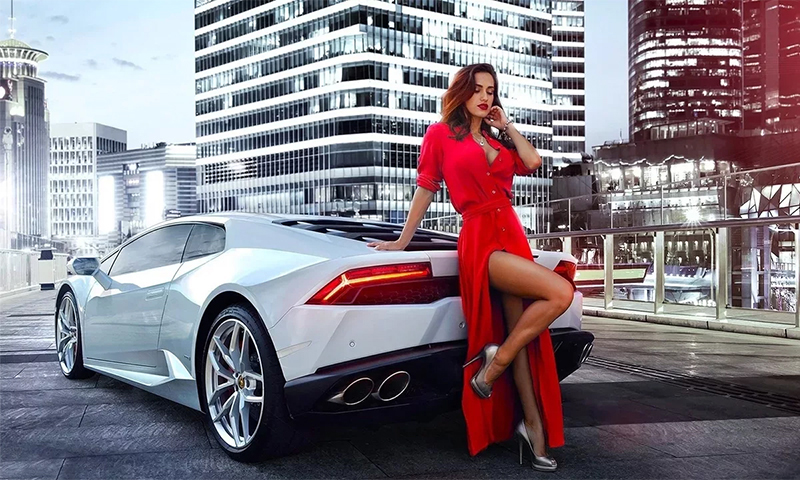
This indicator is directly related to costs, which will have to face the user weekly. The parameter varies from 3.5 to 15 liters per 100 km of track. The higher it is, the more you have to give money at the gas station.
Fuel consumption depends on engine size and type of injection. It happens that small family cars consume more gasoline than large SUVs. Therefore, it is important to pay attention to the indicators of fuel consumption both in urban mode and on the highway.
1. For everyday trips to work profitable cars with a flow rate of 3 to 7 liters / 100 km.
2. Operating a vehicle a couple of times a week allows for values of 7-10 l / 100 km in terms of savings. Usually these cars are well equipped for long trips and travels.
3. The parameters of 11-15 liters per 100 km are justified only by the importance of a powerful power unit (for difficult-to-reach sections) or simply by great material capabilities.
Max speed
The speedometer indicates the maximum speed that the car is able to develop. It is important to calculate the required time to determine how much you can reach your destination. Maximum performance is from 150 to 280 km / h. But it is important to consider the type of road and the speed allowed on it.
1. If the car will be operated only in the city, then there is a limit of 60 km / h and therefore suitable transport with low values. Demonstrate great performance will be nowhere.
2. With frequent long-distance trips to work or to relatives, a car with a speedometer scale of up to 180 km is practical. Turning the maximum arrow to the right rarely turns out physically, but 130-140 km / h, this car rides freely.
3. If you have to travel a lot on motorways and toll roads, then on the contrary you cannot go slowly, so you will pass the long way with the ability to accelerate to 200 km / h or more.
Suspension type
Choosing a car should pay attention to the type of suspension. It provides softness in overcoming holes and potholes, as well as the level position of the body when cornering and passing obstacles.
Suspension happens:
1. Hydraulic with springs - cheaper and easier to maintain. Spare parts and repairs are not complicated, but softness is relative. This is a sufficient option for a family car or a worker.
2. Pneumatic - gives increased stability and the ability to change the clearance for different types of roads. But it affects its cost and maintenance, which includes care for the compressor, hoses and control unit. This type of suspension is chosen for greater comfort or different pavement (frequent change of the road and off-road).
Number of seats
There are cars for 2-8 places. It directly depends on the needs of the owner.
1. For a young man, it is enough to choose a double model in order to ride alone or with a satellite.
2. A family of three or four people will need a car for 5 places. It should be remembered that 5 seats can accommodate five people, but they sit tight enough, which is inconvenient for a long trip. Here it is better to purchase a six-seater car or with full five places (class C or D).
3. With a larger number of passengers (intercity transportation, taxis, a large family, official transport), models are chosen for 7-8 seats, and this can be station wagons or minivans.
Luggage capacity
1. This parameter is taken into account in order to fit all the necessary things in the car. Luggage carriers are from 200 to 900 liters.
2. To travel to work in the city a lot of items are not required and any volume will do.
3. For traveling in three, you need a capacity of 350-450 liters.
4. To transport large bags or appliances (machine for work) choose the volume of the trunk of 700-900 liters.
Trunk volume can be increased by folding the rear seat. This option is not available in all cars (you may need to unscrew the mount), but due to this the area of the luggage compartment increases two to three times.
It is useful for lovers of winter sports, to put skis or snowboard, as well as for the transport of furniture.
Gearbox
To switch the speed used transmission and lever. This is an important node containing a set of gears. It can be mechanical and automatic. The number of speeds varies from 4 to 8. The number affects only smoothness and acceleration time.
Depending on the method of switching there are the following types of gearboxes:
1. Mechanical - requires constant work with the lever during acceleration or transition to a lower speed. This implies a double concentration: on the road and work cars. This box is often chosen by men. It is unpretentious and easier to repair. But some women can master it.
2. Automatic - itself reads the number of revolutions and increases or decreases the speed depending on the load on the engine. To move, just set the switch to the "Forward" position and press the gas pedal. It is more convenient for girls. But the repair of the automatic transmission is more expensive and more difficult.
Type of fuel injection
Gasoline can be fed into the combustion chamber in one of two ways:
1. Through the carburetor;
2. Through the injector.
The carburetor is easier to repair, but sometimes it can produce unstable speed and its work depends on atmospheric pressure. This requires adaptability and is suitable for those who intend to repair their car.
The injector allows you to save on fuel and gives stable traction, but it is more difficult and more expensive to repair. This is more suitable for a lot of traveling people who are ready to contact the auto repair.
type of drive
Cars come with four types of drive. The latter refers to the transmission of torque from the gearbox to the wheels.
1. Front-wheel drive makes the front wheels leading and the rear wheels passive and driven. Such a scheme is easy to drive in the city, circling other cars. But having flown on a snowdrift, the wheels may hang in the air and the transport will get stuck.
2. Rear-wheel drive is easier and more economical in fuel consumption, but the body can wag on wet asphalt and ice, so these cars are chosen for dry terrain and good road surface.
3. With a plug-in differential, it is the constant activation of one drive with the ability to connect a second one if it feels like the car is starting to slip. This is a good option for alternating driving in the city and the countryside (trips to relatives).
4. All-wheel drive - they are constantly all-wheel drive, which gives a high cross on mounds and mountains. These cars are chosen for traveling on difficult terrain, hunting and fishing.
Additional functions
When choosing a car, pay attention to the furnishing of the passenger compartment and the body with additional functions that facilitate operation:
1. Heated seats will allow you to quickly warm up, which is practical for cold regions or when you have to go out and sit in a car on a frosty day many times.
2. GPS built into the system monitor is useful to those who travel a lot.
3. Parking sensors and a rear-view camera will be useful to those who often park in a new place (for work or on long journeys).
Which car to choose
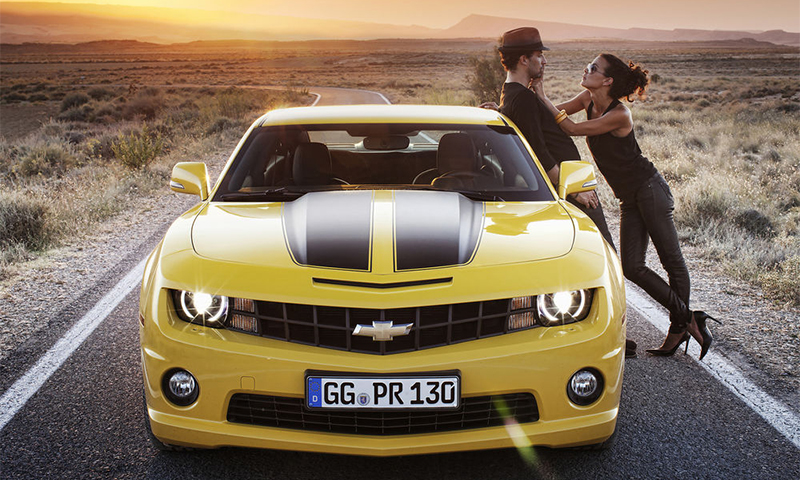
1. For a family of three, a sedan with a capacity of 70 hp, an engine capacity of 1.3 liters, a wheel diameter of R13, a maximum speed of 180 km / h, fuel consumption of 5-6 liters, a hydraulic suspension, for 5 seats, a trunk capacity of 300 -400 l, mechanical transmission, with front-wheel drive. Car petrol with carburetor injection.
2. For a family of six, you need a minivan or station wagon with a power of 80 hp, a 1.6 liter engine, a petrol engine and a carburetor, the size of wheels is R14, a fuel consumption of 7 liters per 100 km, conventional shock absorbers, seven seats, a trunk 500-600 liters, manual, front-wheel drive.
3. For carriage of goods for work, a station wagon or pickup with a diesel engine with a capacity of 90 hp, a volume of 1.7 liters, wheels R14, fuel consumption 8 liters, air suspension, two seats, a trunk capacity of 900 liters, a manual transmission and a plug-in differential will do.
4. Difficult terrain trips require the use of an off-road diesel engine with a power of 150 hp, engine capacity 2.2 - 3.0 liters, air suspension, fuel consumption 9-11 liters per 100 km, automatic transmission and all-wheel drive.
It will be interesting to friends too










